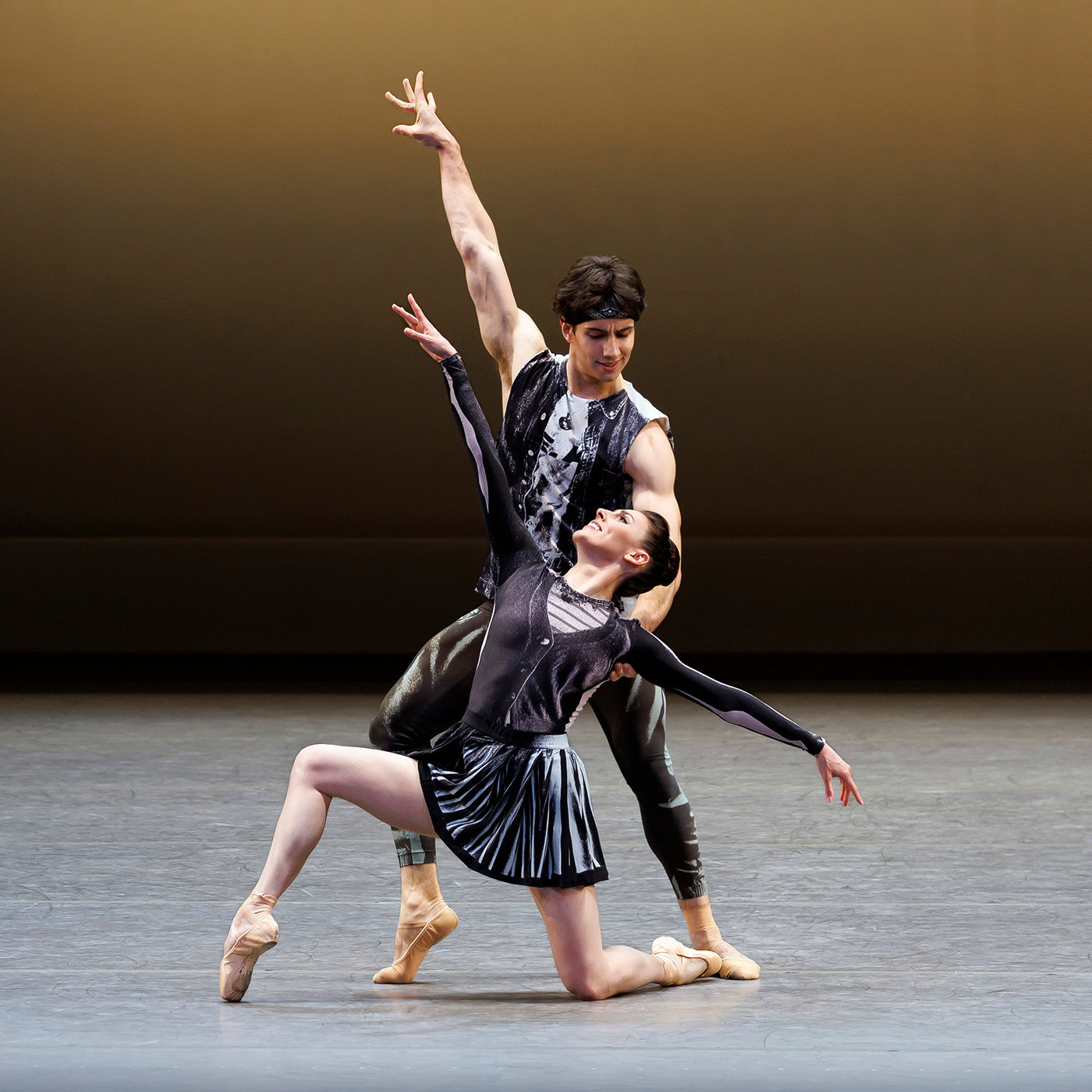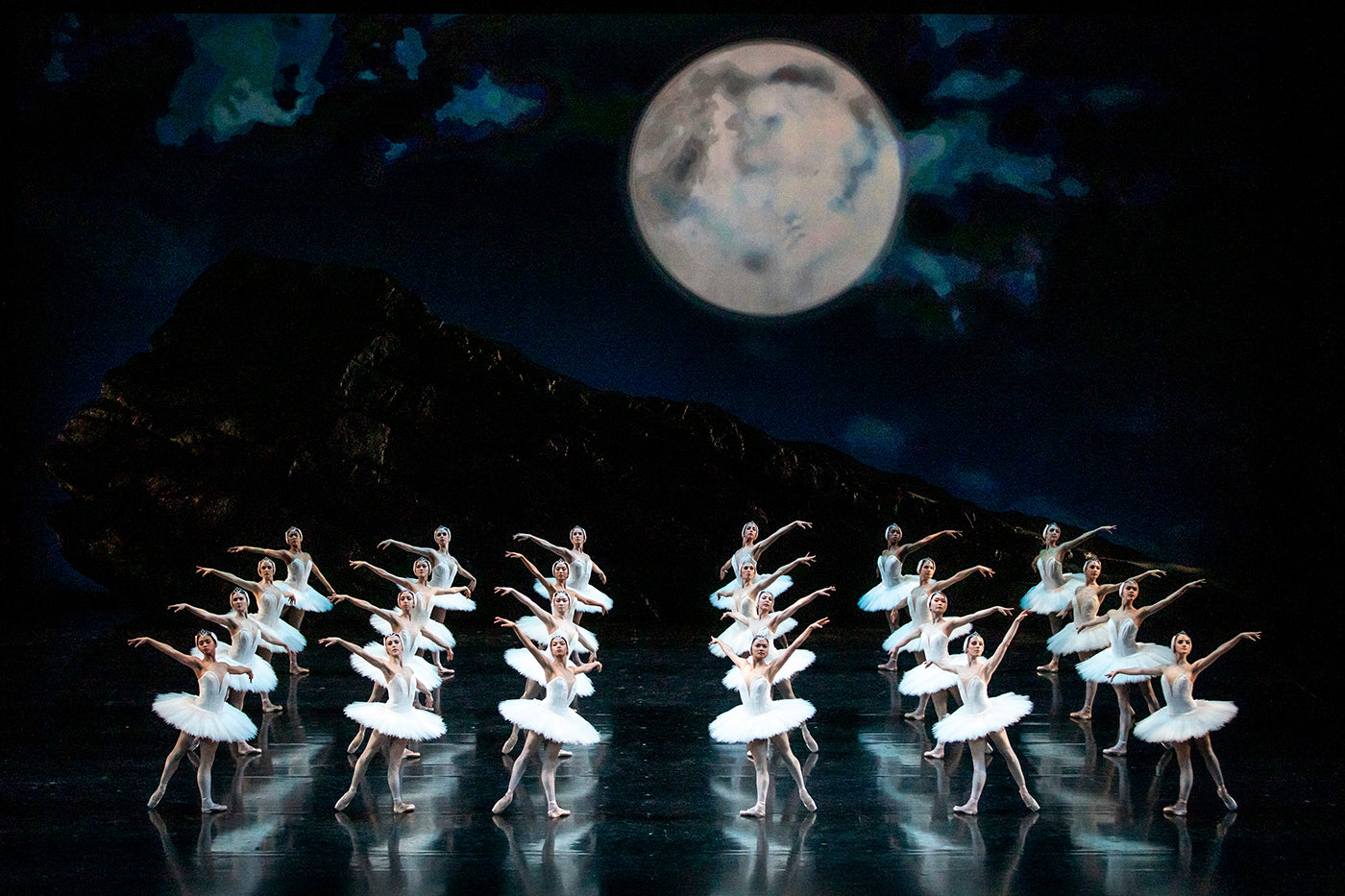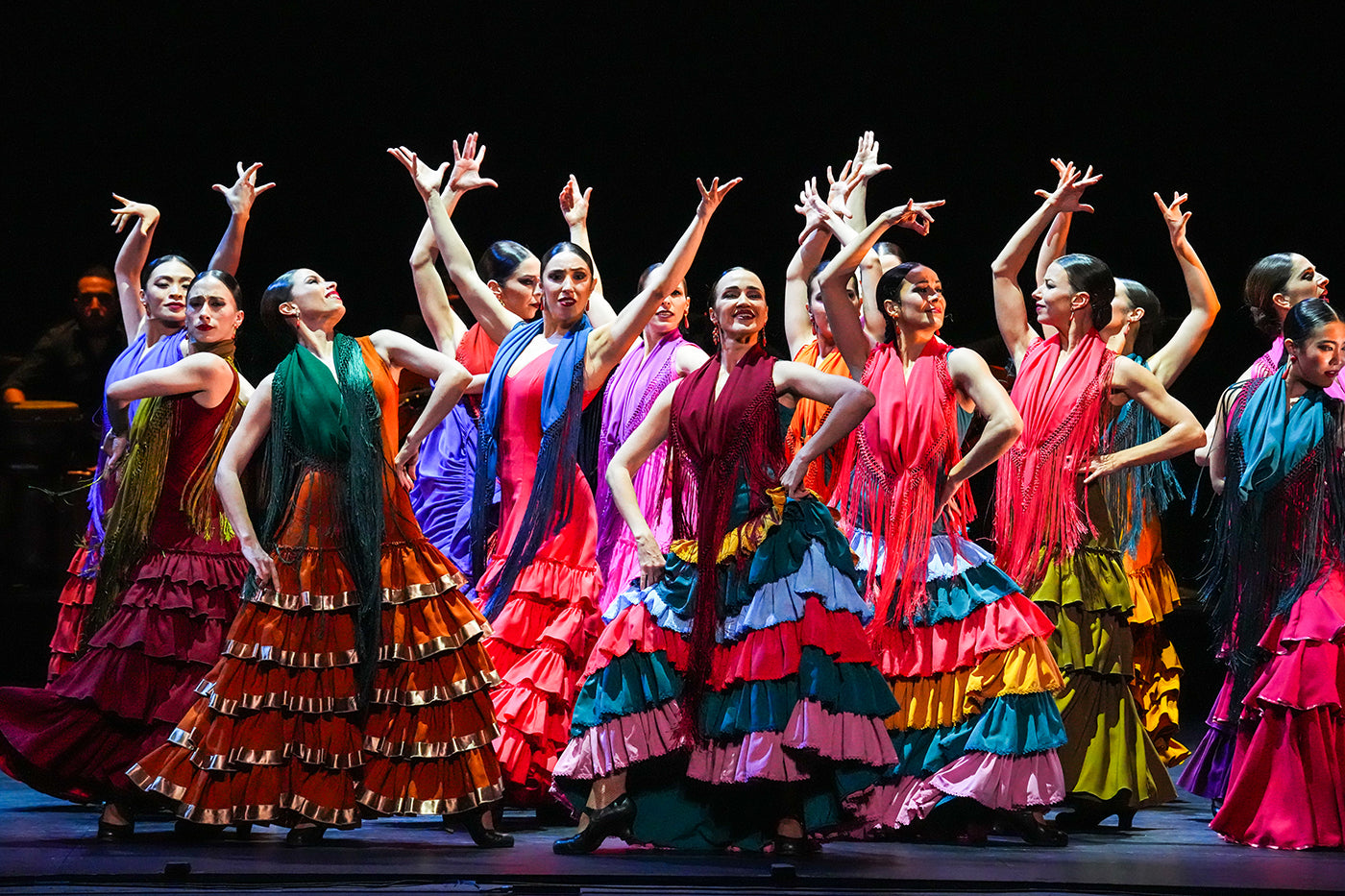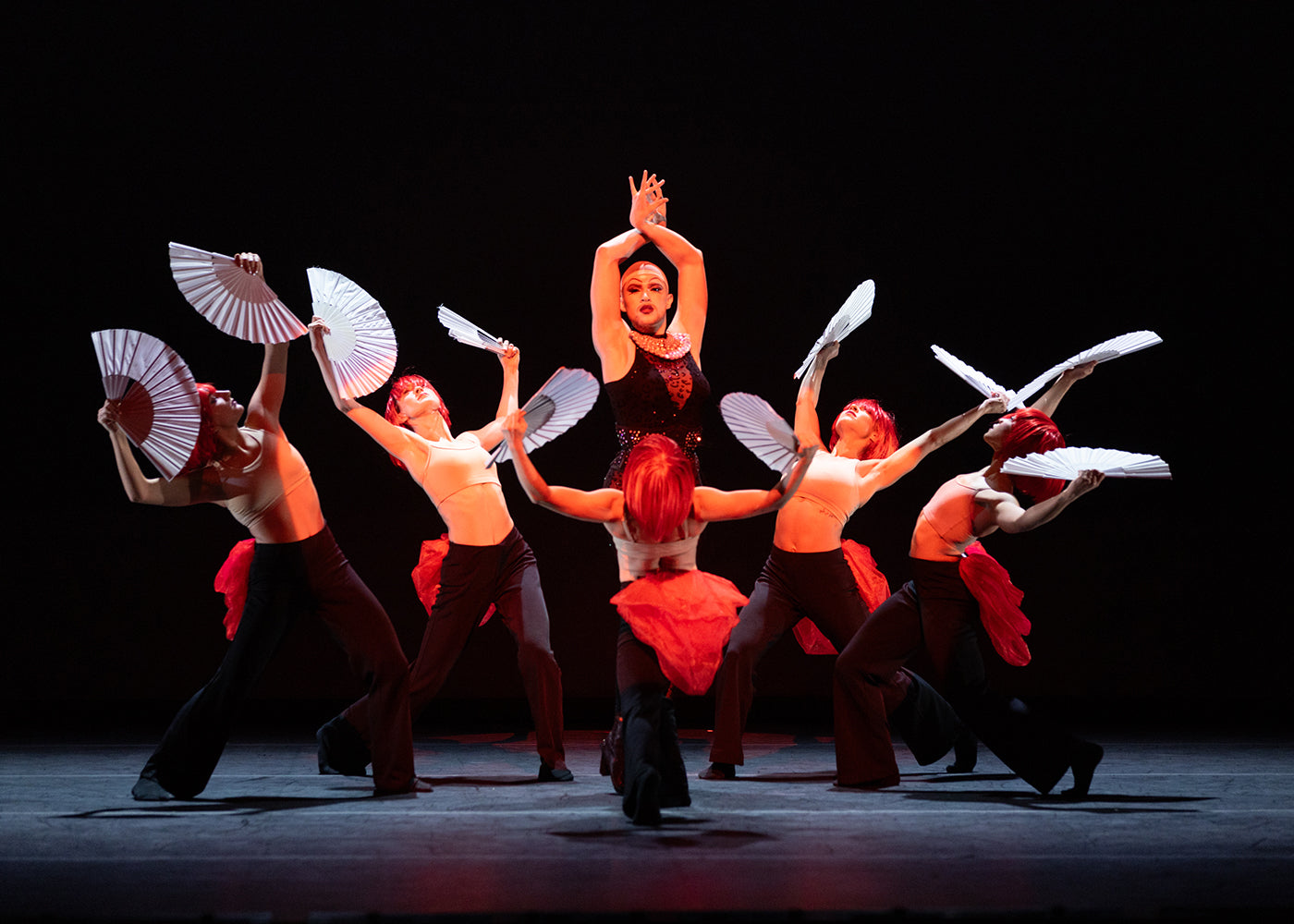Though each performance was different, they all followed a backward move in time from 1969 through 1977. In the performance I attended, Super Creeps frontman Adam Sultan’s voice rang out clear as “blue, blue, electric blue” (part of the brilliance of Sultan’s Bowie tribute is that it originates in Sultan’s own authentic voice) in front of a top-notch six-piece band as three dancers and two actors moved through various facets, appearances, and tropes of the title character and his work. The effect was a Bowie kaleidoscope: music, movement, text, and character swirling and shape-shifting at the whims of the Soundpainter of the moment (several performers took turns in this role). At times, the movement phrases included literal glosses of the text, which worked to carry on a theme or thread even after a song had been manipulated beyond recognition. Allusions to Bowie’s drug use, his family history of mental illness, and his intense, hungry-for-more personality were fodder for plenty of drama. Except for a section in which the costuming, by Kari Perkins, heightened in pitch—dancer Steve Ochoa wore a sequined tube top while actor Nolan Kennedy revealed a too-small bodysuit with leglines rising above the waist of his trousers—and when performers shot cannons of confetti into the audience, the tone was reverent. “Space Oddity” was illustrated as seriously as it was sung.
This year’s performances were the third iteration of the “Project,” which premiered in 2014 and reprised in 2015. (I wrote about those shows for the Austin Chronicle.) While it makes sense that Ariel and her collaborators would bring back the show after Bowie’s death, it quickly became clear that the performances in previous seasons, with all their glam and giddy luster, were Before, and we were now solidly in After territory. (As the performance occurred, thousands of people gathered at U.S. airports to protest the detainment of lawful immigrants and refugees as a result of Donald Trump’s executive order on immigration.) Parts of this shift were inevitable; others appeared to be intentional. Production designer Stephen Pruitt and costume designer Perkins made it known that the show was a ghost concert: it was moodily lit, subtly foggy, and costumed largely in black and white. Even Super Creeps’ Sultan, who in the 2014 and 2015 performances progressed through a series of wild outfits including hot pants, floor-length jackets, and stilettos, did not shake his buttoned-up gray sharkskin suit and teal boots. This year, there was a new ending: a shadowy hint of Bowie’s posthumously released song “Blackstar,” abruptly capping off the show’s lively trajectory.
“The Bowie Project” never tried to be the whole story, but it is contextualized among the many who mourn Bowie not just because of his outrageous twentieth-century personae and his depths-of-humanity voice but also because of his persistence into the twenty-first century as a middle-aged artist who appeared to find an admirable synthesis of music, theater, style, intensity, and relatively quiet, domestic life. Now, from the viewpoint of After, the Bowie of the 1970s seems surprisingly quaint, which makes any stake we had in the sexagenarian Bowie seem proportionately distant. Nevertheless, the “Project” was a worthy conduit to introduce Soundpainting practice into the Austin performing-arts community, and Ariel and her collaborators plan to launch a local Soundpainting collective to continue their multidisciplinary exploration of the method. I’m looking forward to seeing more loosely circumscribed Soundpainting performances. Regardless of our readiness to move on, the Bowie anchor isn’t needed in this effort any longer.









comments